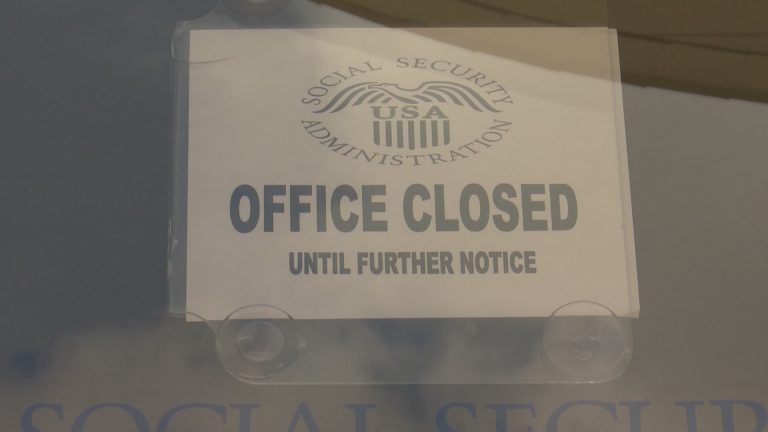Larson Releases Bill to Enhance Social Security Benefits And Extend OASDI Reserves
SSA Chief Actuary Weighs in

Congressman John B. Larson (D-CT), chairman of the House Ways and Means Social Security Subcommittee introduced Social Security 2100: A Sacred Trust on Tuesday, Oct. 26, 2021. Simultaneously, Steven Goss, Chief Actuary of the Social Security Administration (SSA), released an assessment of the financial impact.
The bill revives and scales back a previous proposal by Rep. Larson to reduce fiscal stress on the Old-Age and Survivors Insurance (OASI) and Disability Insurance (DI) Trust Funds and modernize Social Security benefits available to Americans, including more than 8 million former workers and their dependents currently receiving Social Security Disability Insurance (SSDI). However, most changes would be effective from 2022 through 2026 only, and revert to current-law benefit levels in 2027.
The bill retains one of the most controversial proposals from Larson’s previous proposal: applying FICA taxes to wages above $400,000. Currently, payroll taxes are capped for wages above $142,800 ($147,000 in 2022).
Goss estimates the enactment of bill’s 14 provisions would extend the ability of the programs to pay scheduled benefits by moving the date of projected depletion of the combined OASI and DI Trust Funds reserves from 2034 under current law to 2038.
“In addition," Goss said, “because the payroll tax provision is not temporary, the level of benefits that would be payable would be increased in all years after projected trust fund reserve depletion in 2038. For the calendar year period 2022 through 2031, the OASDI net cash flow is projected to increase by $555 billion. The increased net revenue from the payroll tax rate increase on earners over $400,000 more than offsets the increased cost from the 12 temporary benefit enhancement provisions, most of which apply from 2022 to 2026.”
Among the most significant provisions affecting the SSDI program and beneficiaries, Larson proposes:
Extending dependent benefits to students through age 22.
Eliminating the five-month disability insurance (DI) waiting period. This temporary elimination would allow individuals to receive their benefits beginning the first full month after the onset of disability.
Ending the “benefit cliff” for SSDI beneficiaries with earnings after initial disability. SSDI beneficiaries must follow complicated SSA rules to preserve their benefits while they attempt to return to work. This includes a Trial Work Period (TWP), followed by an extended period of eligibility (EPE) of 36 months. During the EPE period, if monthly earnings are above a specified substantial gainful activity (SGA) amount, benefits are completely withheld for that month. With the proposed change, the TWP would be retained, but the EPE and the possibility of benefit termination based on earnings would be temporarily eliminated.
Increasing the special minimum Primary Insurance Amount (PIA) temporarily for workers who become newly eligible for retirement or disability benefits or die in 2022 through 2026. The special minimum PIA helps people with low earnings over a working lifetime. Under this provision, the minimum initial PIA for these workers with 30 or more years of coverage would be 125% of the annual poverty line and linked to wage levels.
Establishing an alternative benefit for surviving spouses. This benefit would be available temporarily for surviving spouses with benefit entitlement, providing an alternative benefit when it is higher than the benefit available under current law.
Social Security projects the annual costs of the OASI and DI programs that fund retirement and disability insurance benefits to be higher if the temporary benefit enhancements go into effect from 2022 through 2026. Costs would increase from 1.35% of current law payroll for 2022 to 1.61% of current-law payroll for 2026.

Mary Dale Walters
Related Articles

SSA
SSA and DDS Offices Closed Tomorrow In Observance of Juneteenth

SSA
SSA Plans to Reopen Its Offices in Early 2022

SSA
Congress Urges SSA to Re-open Offices

SSA
SSA Reports No Date for Reopening to General Public
Subscribe to Stay in the Loop
Enter your email to be notified when a new blog is posted.
Want More Information?
Read the latest news from Allsup and Allsup Employment Services in our newsroom.
